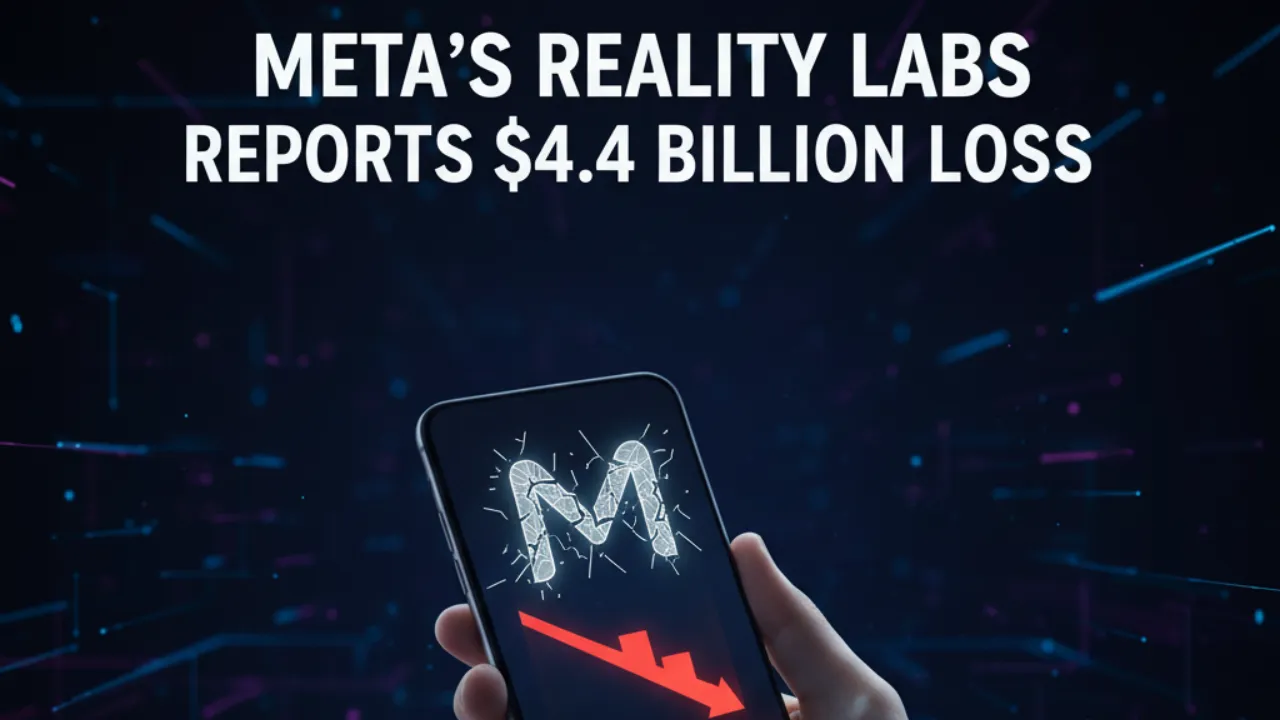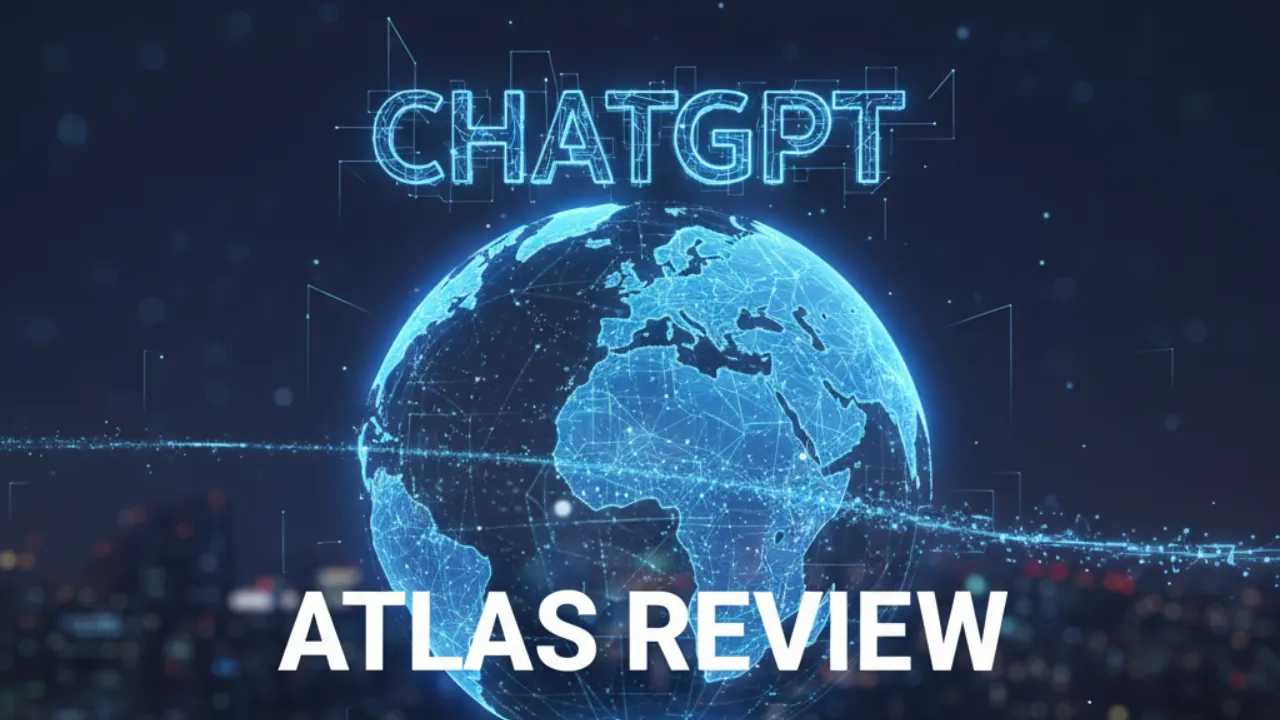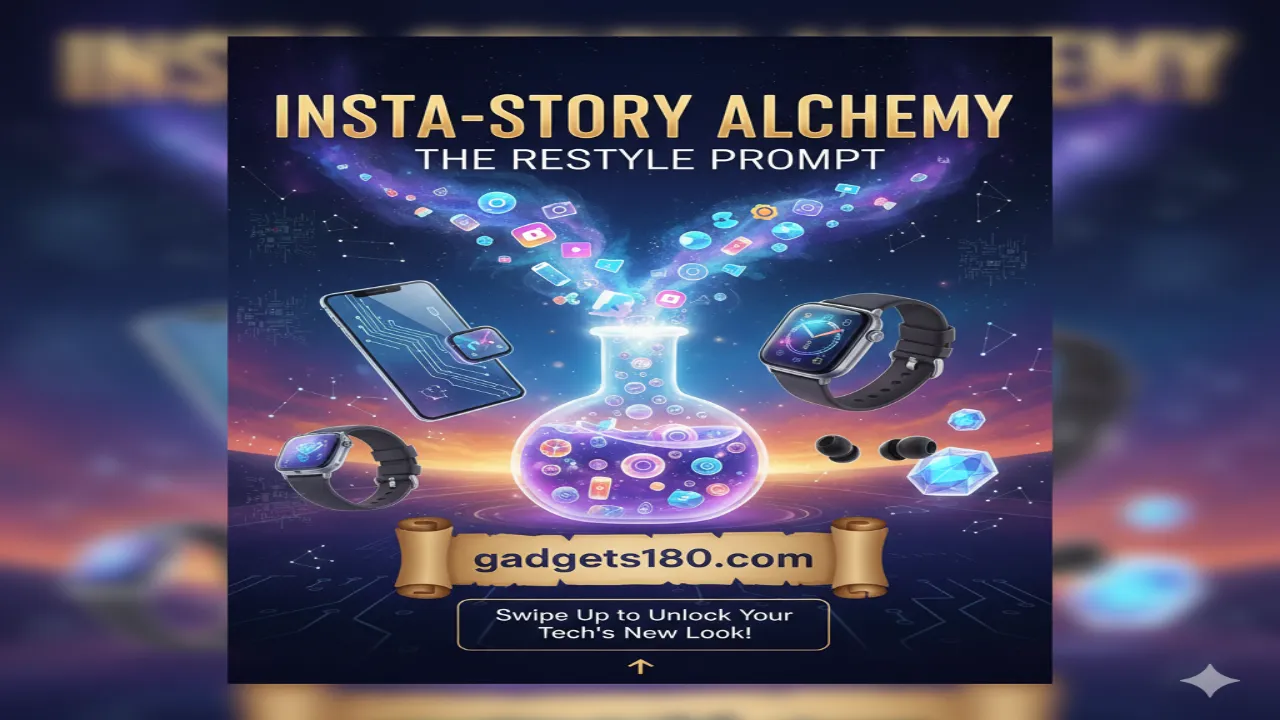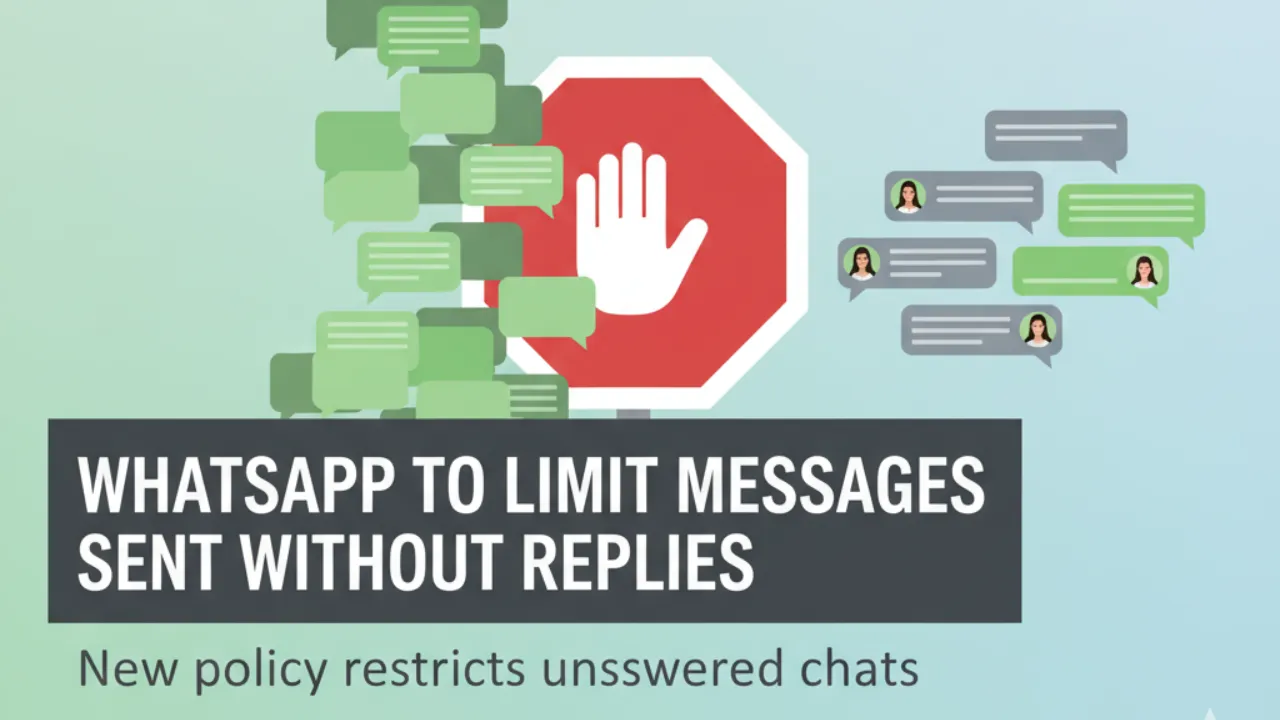In today’s digital era, AI-generated deepfakes are spreading faster than ever before. These synthetic videos can copy someone’s face or voice to create fake content — often misleading or harmful. To fight this, YouTube has launched a new “Likeness Detection Tool” that helps creators detect and remove videos using their likeness without permission.
This tool represents YouTube’s latest step in protecting creator identity and maintaining platform trust in the age of generative AI. Let’s dive deep into how it works, what it offers, and how creators can stay safe.

What Is the YouTube Likeness Detection Tool?
The YouTube Likeness Detection Tool is an AI-powered system that scans videos for the unauthorized use of a person’s face, voice, or visual likeness. It functions much like Content ID, which tracks copyrighted material — but this time, the focus is on protecting a creator’s identity rather than just their content.
YouTube began testing the tool with a group of popular creators and agencies and is now expanding it globally to those in the YouTube Partner Program (YPP). The goal is simple: detect deepfakes, notify affected creators, and give them the power to take action.
Why YouTube Introduced This Feature
There are several major reasons behind YouTube’s decision to launch this AI safety tool:
- Rising Deepfake Threats
Deepfake technology has become more realistic and accessible. Scammers and impersonators are using it to create fake endorsement videos and misleading political content. - Creator Protection
For YouTubers, their likeness — face, voice, and style — is their brand. Protecting it ensures that followers can trust what they see online. - Regulatory Pressure
Governments worldwide are creating new laws against unauthorized AI-generated content, and YouTube aims to stay compliant while maintaining user safety. - Maintaining Viewer Trust
YouTube’s credibility relies on content authenticity. This tool helps preserve that trust.
How the YouTube Likeness Detection Tool Works
YouTube’s new tool follows a clear process to detect and flag deepfake content:
Step 1: Creator Verification
Creators must first verify their identity by submitting a government-issued ID and a short selfie video. This step ensures accurate recognition and prevents misuse.
Step 2: Face and Voice Indexing
Once verified, YouTube’s AI system creates a secure reference model of the creator’s facial features and voice pattern — not actual images, but encrypted data points.
Step 3: Platform Scanning
The system then automatically scans newly uploaded videos for any matches to that creator’s likeness, similar to how Content ID scans for copyrighted material.
Step 4: Alerts in YouTube Studio
When a match is detected, the creator receives an alert in their YouTube Studio dashboard, under the “Likeness” tab.
Step 5: Taking Action
The creator can:
- Request removal of the video.
- File a copyright or impersonation report.
- Monitor flagged content for further review.
Step 6: Opting Out
Creators who prefer not to participate can opt out anytime, though they’ll lose proactive protection.
Key Features and Benefits
- Identity Protection
Protects your face and voice from unauthorized use in AI videos. - Automatic Detection
Scans the platform continuously to catch deepfakes before they spread. - Easy Integration
Works directly inside YouTube Studio with a simple dashboard interface. - Flexible Action Choices
Creators can choose whether to remove or report flagged videos. - Transparency and Control
YouTube emphasizes creator consent and lets users manage their likeness settings.
Limitations and Concerns
While this feature is groundbreaking, it’s not perfect. Some limitations include:
- False Positives and Misses – AI might flag your own videos or miss cleverly edited deepfakes.
- Limited Availability – Currently, only YPP creators can access it; full rollout will take time.
- Data Privacy – Creators must trust YouTube with personal identity data (ID and biometric data).
- Partial Detection – It primarily detects face and voice likeness, not other impersonation forms.
- Regional Variations – Enforcement may vary based on country laws regarding likeness rights.
Safety Guide for YouTube Creators
If you’re a YouTube creator, follow these steps to stay protected:
- Enroll Early – Join the tool as soon as it’s available in your region.
- Regularly Check Alerts – Monitor your Likeness tab for any flagged videos.
- Use Two-Step Verification – Secure your account from hackers.
- Educate Your Audience – Let your subscribers know how to recognize real content from you.
- Combine with Other Tools – Use copyright protection, manual searches, and brand monitoring.
- Be Aware of Scams – Avoid fake “AI-detection” sites claiming to offer YouTube verification.
Impact on Viewers and the Creator Community
For creators, this tool builds confidence that their reputation is protected.
For viewers, it means less exposure to misleading AI-generated videos. The more creators use the tool, the safer the YouTube ecosystem becomes.
This move also pressures other social media platforms — like TikTok, X (formerly Twitter), and Instagram — to implement similar AI transparency and identity protection tools.
SEO Optimization Tips for This Topic
When publishing a blog or article about this update:
- Primary Keyword: YouTube Likeness Detection Tool
- Secondary Keywords: YouTube deepfake protection, AI deepfake removal, YouTube AI tool, YouTube identity safety
- Use the main keyword in your title, introduction, and subheadings.
- Write a short meta description under 160 characters.
- Add internal links to related posts like “AI tools for content safety” or “Protecting your YouTube channel.”
- Use alt text for images: “YouTube Likeness Detection Tool protecting creators from AI deepfakes.”
Comparison with Other Platforms
| Platform | Protection Feature | Type | Status |
|---|---|---|---|
| YouTube | Likeness Detection Tool | AI Face & Voice Recognition | Rolling out (2025) |
| TikTok | AI Content Labeling | Disclosure Tag | Active |
| Meta (Instagram/Facebook) | Deepfake Detection AI | Content Removal | Testing |
| X (Twitter) | Report Deepfake | Manual Reporting | Limited |
YouTube’s approach is unique because it gives creators direct control over detection and takedowns.
Final Conclusion
The YouTube Likeness Detection Tool marks a major step in protecting creators from AI-generated deepfakes. By combining Google’s AI expertise with YouTube’s massive content network, it empowers creators to fight back against digital impersonation.
While still in early rollout, this innovation shows that YouTube is serious about building a safer, more trustworthy content environment. For creators, it’s a chance to secure their personal brand. For viewers, it’s reassurance that what they’re watching is authentic.
In the fast-moving world of AI and video content, YouTube’s likeness detection tool might just be the strongest defense yet against deepfake misuse.






